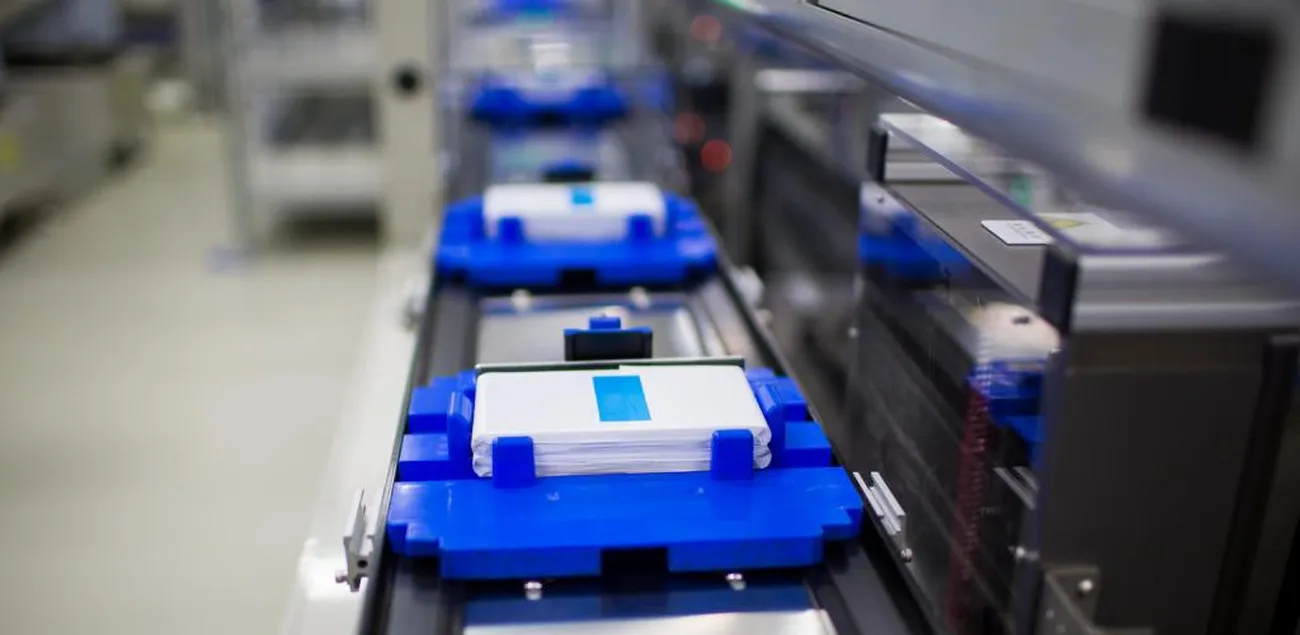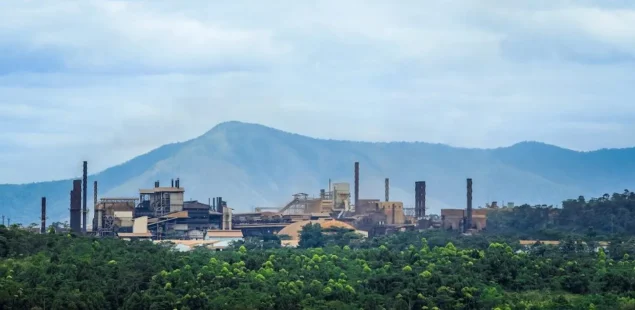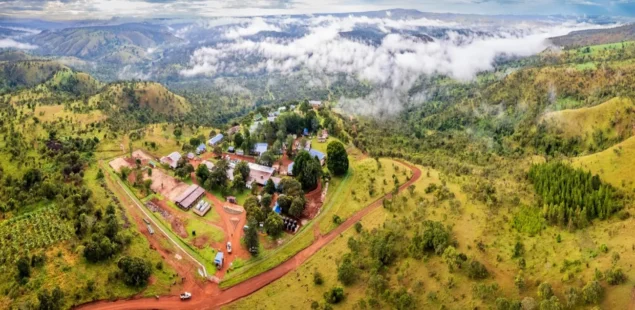
Contemporary Amperex Technology, China’s largest battery manufacturer, has commenced construction of an integrated battery production facility in Indonesia through a joint venture with Indonesia Battery Corporation and state-owned PT Aneka Tambang. The project targets initial production capacity of 6.9 gigawatt-hours by late 2026, expanding to 15 GWh for electric vehicle applications, while Indonesian officials suggest potential solar energy storage production could increase total capacity to 40 GWh pending ongoing negotiations.
Ambitious Timeline Faces Implementation Challenges
The $6 billion Indonesia Battery Integration Project spans 2,000 hectares across two provinces, with battery manufacturing facilities in Karawang, West Java, and nickel mining operations in North Maluku. The integrated approach encompasses nickel extraction, processing, cathode material production, battery cell manufacturing, and recycling operations, representing one of the most comprehensive battery value chain projects attempted in Southeast Asia.
However, the aggressive 2026 timeline for commercial operations appears optimistic given the project’s complexity and Indonesia’s track record with large-scale industrial developments. The country’s infrastructure limitations, regulatory approval processes, and skilled workforce availability could present obstacles to meeting the announced schedule, particularly for a project requiring coordination across multiple provinces and industrial sectors.
Market Demand Projections Appear Overly Optimistic
Indonesian officials project domestic electric vehicle sales reaching 600,000 units by 2030, representing a thirteen-fold increase from 2024 levels of approximately 43,188 units. This target assumes sustained annual growth rates exceeding 50%, significantly above global electric vehicle adoption patterns and Indonesia’s current market conditions including limited charging infrastructure, high vehicle costs relative to local incomes, and consumer preference for motorcycles over cars.
The government’s target of 15 million electric vehicles on roads by 2030 requires fundamental shifts in transportation patterns and purchasing power that may prove unrealistic. Current electric vehicle penetration remains below 3% of total automotive sales, while infrastructure development and affordability challenges continue constraining adoption rates across Indonesia’s diverse economic landscape.
Chinese Investment Strategy Reflects Resource Security Priorities
CATL’s Indonesian investment forms part of China’s broader strategy to secure critical mineral supplies for its dominant battery manufacturing industry, with Indonesia controlling approximately 52% of global laterite nickel resources essential for lithium-ion battery production. The integrated project provides CATL with direct access to raw materials while reducing dependence on international commodity markets subject to price volatility and geopolitical tensions.
The partnership structure, involving Indonesian state-owned enterprises and government backing, reflects China’s approach to securing long-term resource access through infrastructure investment and technology transfer. However, this model has faced scrutiny in other countries where Chinese companies have gained substantial control over strategic resources through similar arrangements.
Economic Viability Depends on Export Markets
While Indonesian officials emphasize domestic market potential, the project’s economic success likely depends on export sales to regional markets including Thailand, Malaysia, and Vietnam where electric vehicle adoption has progressed more rapidly. Indonesia’s domestic market remains constrained by purchasing power limitations, with average vehicle prices significantly exceeding median household incomes across much of the archipelago.
The facility’s planned production capacity of 250,000-300,000 vehicle battery packs annually far exceeds projected domestic demand, requiring substantial export sales to achieve commercial viability. Regional competition from established battery manufacturers in South Korea, Japan, and China could limit market access, while transportation costs and trade barriers may affect competitiveness in target markets.
Environmental and Social Concerns Remain Unaddressed
The project’s environmental impact extends beyond battery manufacturing to include nickel mining operations in North Maluku, where extraction activities have historically caused deforestation, water pollution, and displacement of local communities. Indonesia’s environmental regulatory framework has proven inadequate for managing large-scale mining projects, raising concerns about the integrated facility’s ecological footprint.
Local community opposition to nickel mining expansion in North Maluku has increased following environmental damage from existing operations, while indigenous rights groups have challenged government approvals for mining concessions in traditional territories. The project’s social license to operate remains uncertain given these unresolved conflicts and limited community consultation processes.
Company Background and Market Context
Contemporary Amperex Technology operates as the world’s largest battery manufacturer with approximately 38% global market share, serving major automotive customers including Tesla, BMW, and Volkswagen. The company has pursued international expansion through manufacturing facilities in Germany and a planned facility in Hungary scheduled to begin operations in the second half of 2025, while developing integrated supply chains to reduce costs and ensure raw material security.
Indonesia Battery Corporation represents a consortium of four state-owned enterprises including PT Aneka Tambang, PT Industri Baterai Indonesia, PT PLN, and PT Pertamina, established to develop domestic battery manufacturing capabilities. PT Aneka Tambang operates as Indonesia’s largest diversified mining company with nickel, gold, and coal operations across the archipelago.
Indonesia’s battery industry development reflects government efforts to capture greater value from the country’s substantial nickel reserves, which account for approximately 52% of global laterite nickel resources. The strategy aims to move beyond raw material exports toward downstream processing and manufacturing, though previous attempts at industrial development have faced challenges including infrastructure limitations, regulatory complexity, and limited technical expertise.



